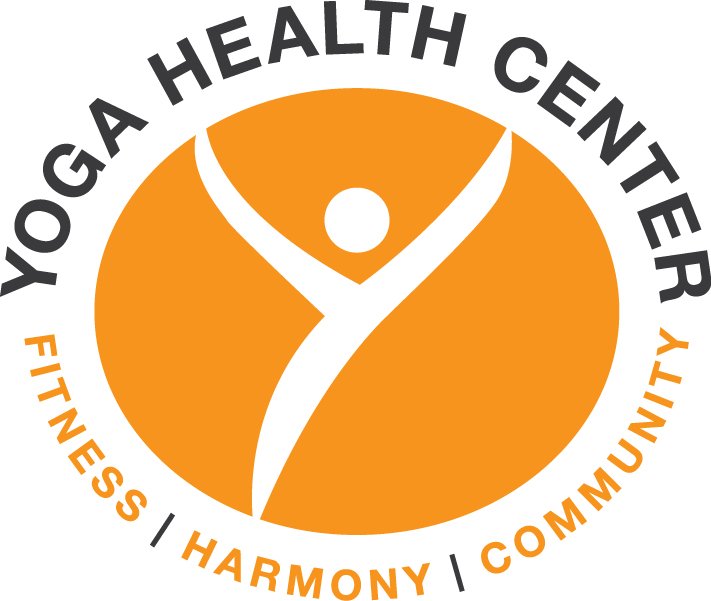Which Yoga Posture is Best for Beginners?
Starting your yoga journey can be both exciting and a bit overwhelming. With so many postures to choose from, it's important to find the ones best suited for beginners. In this guide, we'll explore some fundamental yoga postures that are perfect for newcomers to help build confidence and flexibility.
Understanding the Basics of Yoga Postures
Before diving into specific postures, it’s essential to understand the purpose of yoga postures and their benefits for beginners.
Yoga postures, or asanas, serve as tools that connect your mind, body, and breath. For beginners, these foundational postures are crucial for establishing a solid practice.
Knowing your body and what each posture requires sets the tone for a successful experience. With practice, you will build awareness and strength, which can profoundly transform both your physical and emotional wellbeing.
Thus, focusing on the basics allows beginners to explore their limits while also learning how to honor their bodies. This way, you can embrace the journey without the pressure of needing to master every pose.
The Mountain Pose (Tadasana)
>The Mountain Pose is a great starting point that helps improve posture and balance.
In this pose, stand tall with your feet together and arms resting at your side. Ground through your feet and reach your crown toward the sky. This simple yet powerful stance enhances body awareness and alignment.
Notably, practicing Tadasana helps you develop a sense of stability, which is essential for transitioning into other positions. As you hold the pose, focus on your breath and feel how your body becomes more grounded.
As you progress, you might also incorporate variations, such as raising your arms overhead, adding to the experience of extending your reach.
Downward Facing Dog (Adho Mukha Svanasana)
>This pose stretches the entire body and is excellent for building strength in the arms and legs.
To enter Downward Facing Dog, start on your hands and knees, then lift your hips toward the ceiling. Your body forms an inverted 'V,' and this position encourages lengthening of the spine while compressing the core.
The benefits are multifaceted: from relieving tension in your back to improving circulation, all while strengthening your arms and legs. As you hold this pose, remember to breathe deeply, allowing the sensations to wash over you.
Many beginners find this posture challenging at first, but don't worry! With practice, you'll build the necessary strength and flexibility to hold it comfortably.
Cat-Cow Stretch (Marjaryasana-Bitilasana)
>A gentle flow between Cat and Cow poses helps warm up the spine and relieve tension.
To begin, start on your hands and knees in a tabletop position. Inhale as you arch your back towards the ground (Cow), and exhale as you round your spine upward (Cat). This rhythmic motion promotes spinal flexibility, making it an ideal starter stretch.
It's also a fantastic way to connect with your breath. Each inhale and exhale naturally leads you into the different movements, creating a mindful experience.
As a beginner, aim to perform this flow for a minute or two, gradually increasing the duration as you become more comfortable. It sets a perfect tone for any practice.
Child’s Pose (Balasana)
>A restorative pose that provides a sense of calm and is perfect for taking a break during practice.
In Child’s Pose, kneel on the mat and fold your body forward, resting your forehead on the ground. Allow your arms to extend out in front, or rest them along your sides. This position reflects a retreat into self, encouraging relaxation.
For beginners, this pose can help assuage anxiety and highlight the importance of integrating rest into your wellness journey. Remember, it is just as critical to rest as it is to move.
>Use Child’s Pose as a resting point throughout your practice to recalibrate and focus inward.
Warrior I (Virabhadrasana I)
>This powerful pose builds strength and confidence while opening the hips and chest.
Step one foot back, keeping the front knee bent, and the back leg straight. Your arms can reach overhead, palm together or shoulder-width apart. As a beginner, this pose serves not just to strengthen your lower body but also to instill a sense of empowerment.
Warrior I invites you to embrace your warrior spirit, encouraging you to face challenges head-on. As you hold this posture, feel the connection to the ground, and trust in your strength.
As you practice, pay attention to your breath. Each inhale can fill you with determination, while each exhale releases tension, creating balance.
Finding Your Flow and Consistency
>Incorporate these postures into your routine and find a flow that works for you.
Consider creating a weekly schedule dedicated to your practice, allowing for consistency while still listening to your body. It could mean practicing a few times a week or simply dedicating time each day to work on these foundational poses.
You might find that different postures resonate with you on different days. Embrace this ebb and flow; it’s all part of the journey.
Stay patient with yourself and remember that everyone’s journey is unique. Over time, you'll notice improvements that go beyond flexibility or strength; you'll develop a deeper connection with your body and mind.
Embrace Your Yoga Journey
By practicing these beginner-friendly yoga postures, you'll cultivate strength, flexibility, and a sense of peace. Remember to listen to your body and progress at your own pace. Yoga is a personal journey, and these foundational postures will support you as you develop your practice.


